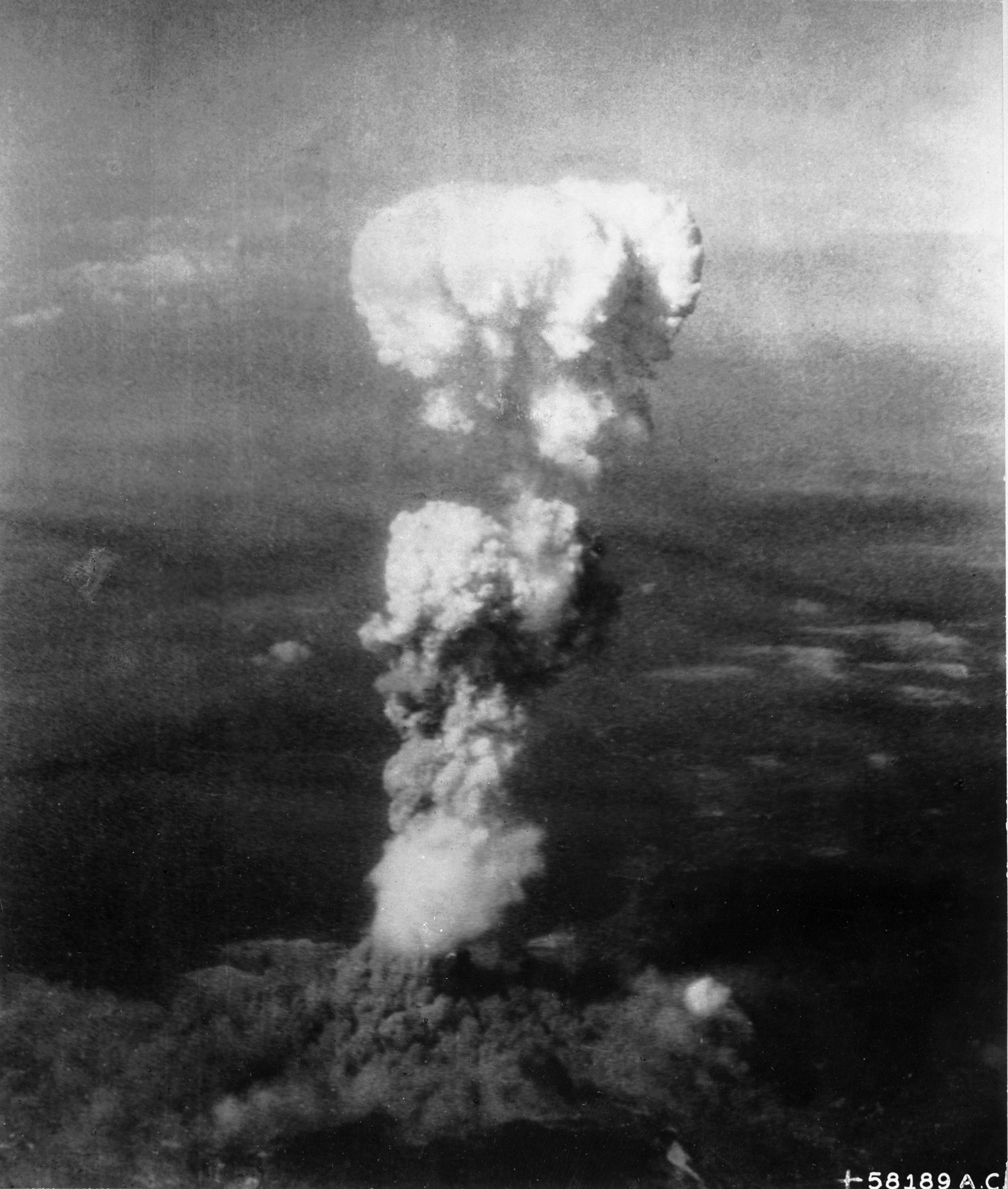|
Nuclear Fratricide
In relation to nuclear warfare, nuclear fratricide denotes the inadvertent destruction of nuclear warheads or their delivery systems by detonations from other warheads in the same attack. The blast, EMP and debris cloud may knock them off course, cause damage or destroy them.James J. Wirtz, Fratricide. In Weapons of Mass Destruction, eds. Eric A. Croddy, James J. Wirtz, Jeffrey A. Larsen. ABC-Clio 2004, p.139 Theory Estimating fratricidal effects is complex. One source states that "It appears that two weapons targeted on a silo must arrive at least ten seconds apart to avoid fratricidal fireball effects, and less than one minute or more than one hour apart to avoid fratricidal nuclear dust cloud effects." Hence "deconflicting" attack patterns and using staggered "walking barrages" became part of U.S. and Soviet nuclear tactics. This theory was put forward as a defense mechanism for the LGM-118 Peacekeeper missile deployment, reasoning that multiple detonations would be required to ... [...More Info...] [...Related Items...] OR: [Wikipedia] [Google] [Baidu] |
Nuclear Warfare
Nuclear warfare, also known as atomic warfare, is a War, military conflict or prepared Policy, political strategy that deploys nuclear weaponry. Nuclear weapons are Weapon of mass destruction, weapons of mass destruction; in contrast to conventional warfare, nuclear warfare can produce destruction in a much shorter time and can have a long-lasting radiological warfare, radiological result. A major nuclear exchange would likely have long-term effects, primarily from the Nuclear fallout, fallout released, and could also lead to secondary effects, such as "nuclear winter", nuclear famine, and societal collapse. A global thermonuclear war with Cold War-era stockpiles, or even with the current smaller stockpiles, may lead to various scenarios including human extinction. To date, the only use of nuclear weapons in armed conflict occurred in 1945 with the American atomic bombings of Hiroshima and Nagasaki. On August 6, 1945, a uranium Nuclear weapon design, gun-type device (code name ... [...More Info...] [...Related Items...] OR: [Wikipedia] [Google] [Baidu] |
Nuclear Electromagnetic Pulse
A nuclear electromagnetic pulse (nuclear EMP or NEMP) is a burst of electromagnetic radiation created by a nuclear explosion. The resulting rapidly varying electric and magnetic fields may couple with electrical and electronic systems to produce damaging current and voltage surges. The specific characteristics of a particular nuclear EMP event vary according to a number of factors, the most important of which is the altitude of the detonation. The term "electromagnetic pulse" generally excludes optical (infrared, visible, ultraviolet) and ionizing (such as X-ray and gamma radiation) ranges. In military terminology, a nuclear warhead detonated tens to hundreds of miles above the Earth's surface is known as a high-altitude electromagnetic pulse (HEMP) device. Effects of a HEMP device depend on factors including the altitude of the detonation, energy yield, gamma ray output, interactions with the Earth's magnetic field and electromagnetic shielding of targets. History The fact th ... [...More Info...] [...Related Items...] OR: [Wikipedia] [Google] [Baidu] |
LGM-118 Peacekeeper
The LGM-118 Peacekeeper, originally known as the MX for "Missile, Experimental", was a Multiple independently targetable reentry vehicle, MIRV-capable intercontinental ballistic missile (ICBM) produced and deployed by the United States from 1986 to 2005. The missile could carry up to eleven Mark 21 Multiple independently targetable reentry vehicle, reentry vehicles (although treaties limited its actual payload to ten), each armed with a 300-kiloton W87 thermonuclear weapon, warhead. Initial plans called for building and deploying 100 MX ICBMs, but budgetary concerns limited the final procurement; only 50 entered service. Disarmament treaties signed after the Peacekeeper's development led to its withdrawal from service in 2005. Studies on the underlying concept started in the 1960s. The idea was to allow the US to absorb a sneak attack by the USSR with enough warheads surviving to attack the remaining Soviet missile silos. To do so, the missiles had to be highly accurate, be based ... [...More Info...] [...Related Items...] OR: [Wikipedia] [Google] [Baidu] |
Missile Combat Crew
A missile combat crew (MCC), is a team of highly trained specialists, often called missilemen, or missileers, staffing Intermediate Range and Intercontinental ballistic missile systems (IRBMs and ICBMs, respectively). In the United States, personnel, officially coded as Nuclear and Missile Operations Officers ( AFSC 13NX), of the United States Air Force, operate underground missile systems at launch control centers located throughout the country. There are also a select few missileers that have the chance to become part of a Missile Combat Crew-Airborne (MCC-A) operating the Airborne Launch Control System which provides a survivable launch capability for the Minuteman ICBM force. Crew size varies among the different missile systems, but the number is always greater than one, to abide by USSTRATCOM's two-man rule for positive control of nuclear weapons. Origins The first missile combat crews were composed of trained aviators (e.g., B-47, B-36), but later generations had no aviati ... [...More Info...] [...Related Items...] OR: [Wikipedia] [Google] [Baidu] |
Wired (magazine)
''Wired'' is a bi-monthly American magazine that focuses on how emerging technologies affect culture, the economy, and politics. It is published in both print and Online magazine, online editions by Condé Nast. The magazine has been in publication since its launch in January 1993. Its editorial office is based in San Francisco, California, with its business headquarters located in New York City. ''Wired'' quickly became recognized as the voice of the emerging digital economy and culture and a pace setter in print design and web design. From 1998 until 2006, the magazine and its website, ''Wired.com'', experienced separate ownership before being fully consolidated under Condé Nast in 2006. It has won multiple National Magazine Awards and has been credited with shaping discourse around the digital revolution. The magazine also coined the term Crowdsourcing, ''crowdsourcing'', as well as its annual tradition of handing out Vaporware Awards. ''Wired'' has launched several in ... [...More Info...] [...Related Items...] OR: [Wikipedia] [Google] [Baidu] |



